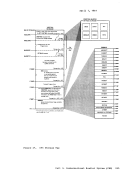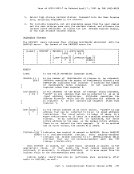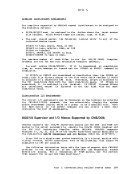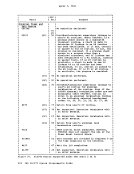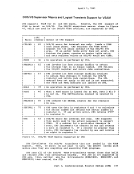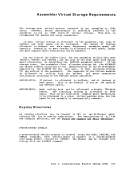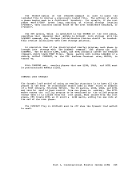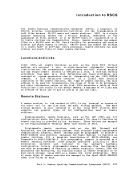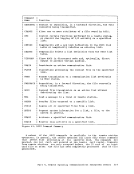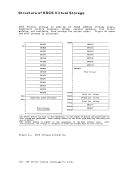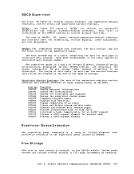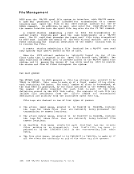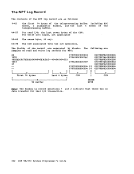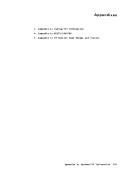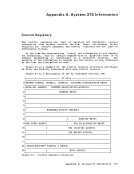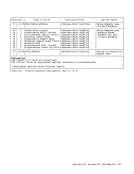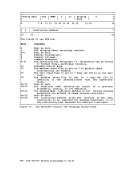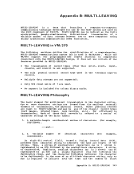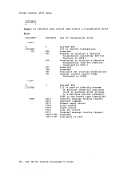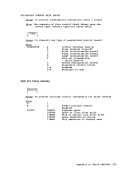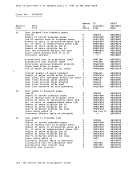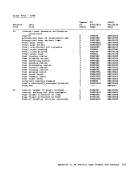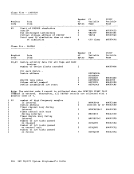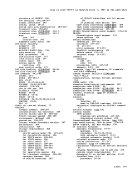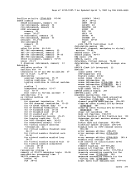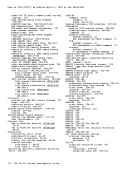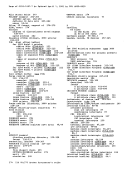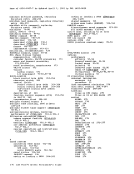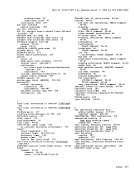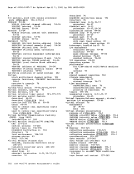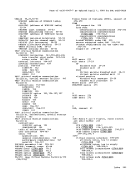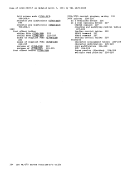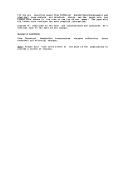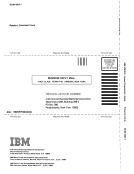Using the Virtual Machine Communication Facility
The following discussion presents ideas and suggestions for using the
virtual Machine communication Facility
apply new and different techniques to current applications.
The
virtual machine can become a subtask (parallel or otherwise) of another
virtual machine. A virtual machine task can be a simple program or a
larqe processor. The
environment. The existinq
scheduling, dispatching and basic resource controls. The advantage of
such an environment is that a user is less restricted by operating
system (software) limitations and gains the flexibility of machine
languages and hardware.
resources between virtual machines. The resources can range anywhere
from multi-write minidisks to entire processors. The control functions
for resource sharing (resource management, serialization, and the like)
can be contained in a virtual machine.
It is conceivable that functions could be added to
altering the control program
machine could be used to provide additional functions to non-privilege
class users using the
be expanded (or at least appear to be expanded) by linking
other virtual machines.
simulation to teleprocessing network simulation. In particular,
another. A simulated teleprocessing network could be constructed with
virtual machine. Each virtual machine would effectively become a node
within the network. The network,structure could range from a simple

























































































































































































































































































